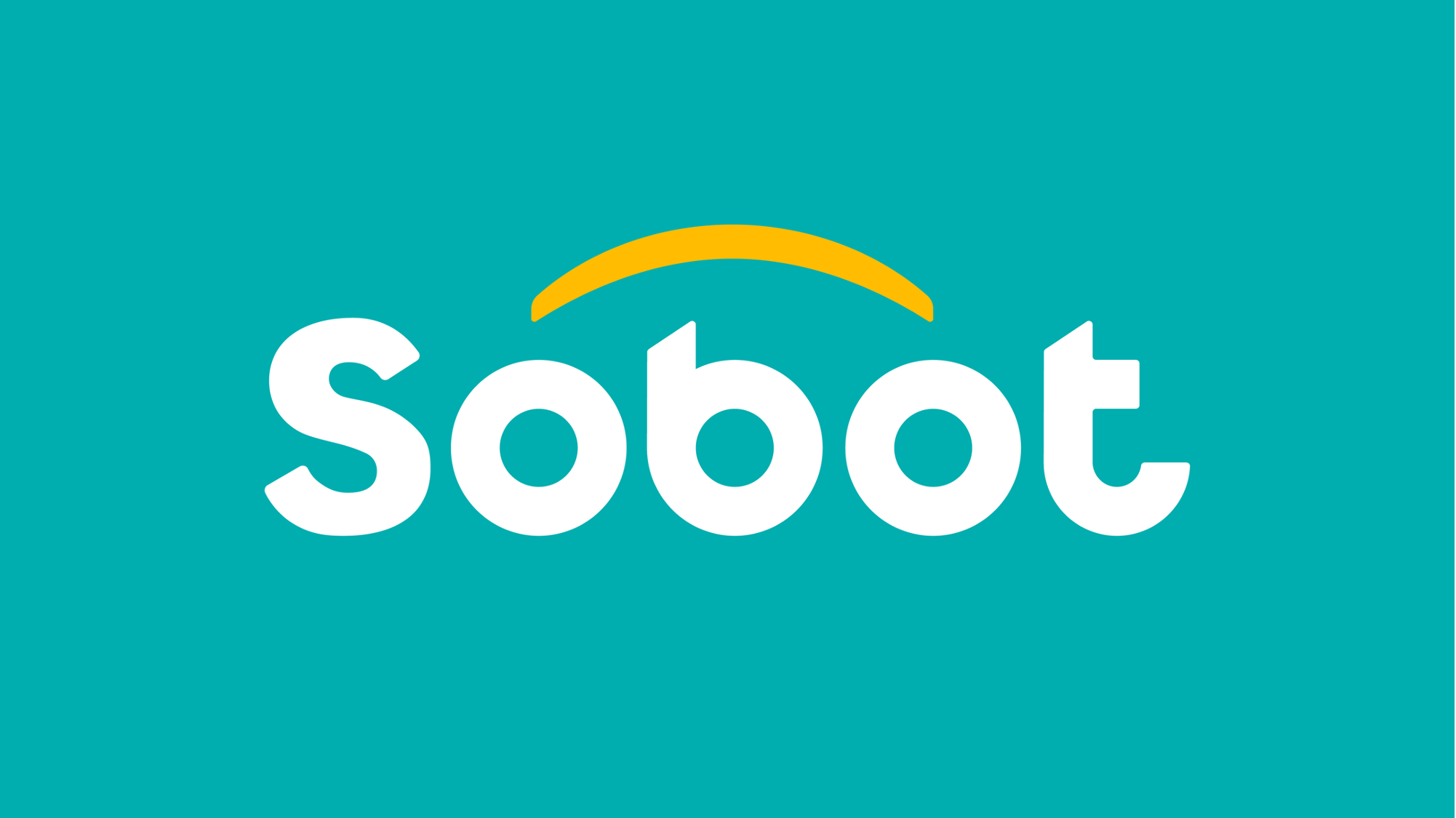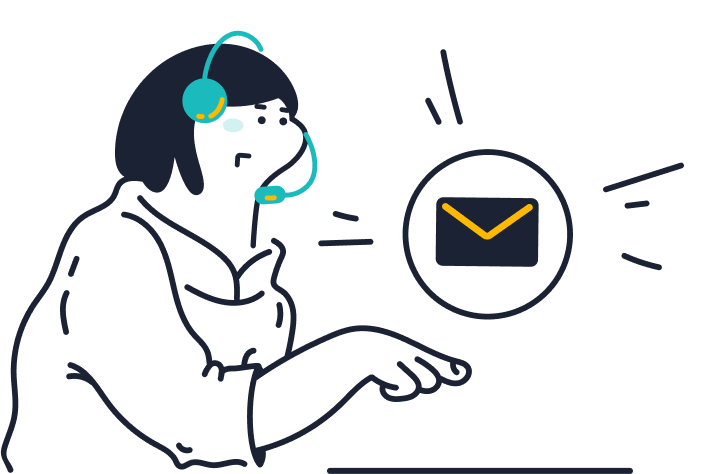Training a chatbot effectively is essential for delivering accurate, helpful, and engaging user interactions. Whether for customer support, e-commerce, or internal business operations, a well-trained chatbot can save time, improve efficiency, and enhance customer satisfaction. Understanding the process of how to train a chatbot can help businesses maximize the benefits of artificial intelligence in their digital strategies.
-
Define the Purpose and Goals
Before training a chatbot, it is important to clearly define its purpose. Decide whether the chatbot will handle customer service inquiries, assist in sales, provide product recommendations, or serve another function. Setting clear goals allows you to design a training plan tailored to the chatbot’s intended use. Knowing the objectives also helps in creating relevant datasets and measuring performance effectively.
-
Gather and Prepare Training Data
Data is the foundation of chatbot training. Collect real customer interactions, FAQs, emails, chat logs, and other relevant materials. Clean and organize the data to ensure it is accurate, relevant, and diverse. A well-prepared dataset allows the chatbot to learn various ways users may phrase questions and requests, improving its understanding and response quality. Including different scenarios and variations in user input helps create a more versatile and capable chatbot.
-
Choose the Right Chatbot Platform and Tools
Selecting the right platform and tools is crucial for training a chatbot. Many platforms offer natural language processing (NLP) capabilities, machine learning models, and pre-built frameworks that simplify the training process. Popular options include Dialogflow, Microsoft Bot Framework, and Rasa. The platform should align with your goals, technical requirements, and scalability needs. Using the right tools ensures a smoother training process and better performance in real-world interactions.
-
Train the Chatbot Using Machine Learning
Training a chatbot involves teaching it to understand user intents and respond appropriately. Use machine learning algorithms to analyze the training data, recognize patterns, and categorize inputs into intents. Create a set of responses or actions for each intent. Test the chatbot regularly during the training phase to evaluate accuracy and refine its understanding. Iterative training helps the chatbot handle more complex questions and improves its ability to provide relevant and helpful answers.
-
Test, Evaluate, and Improve
After initial training, thorough testing is essential. Simulate real-life conversations to evaluate the chatbot’s performance, identifying gaps in understanding or response quality. Use feedback from testers or real users to improve the chatbot continuously. Update the training data regularly to include new questions, changing trends, or updated products and services. Continuous evaluation ensures the chatbot remains effective and relevant over time.

Conclusion
Learning how to train a chatbot requires a structured approach that includes defining goals, preparing data, selecting the right tools, using machine learning, and ongoing testing and improvement. A well-trained chatbot can enhance customer engagement, streamline operations, and deliver consistent, high-quality interactions. By investing time and effort in proper training, businesses can create chatbots that effectively support their objectives and provide meaningful experiences for users.


